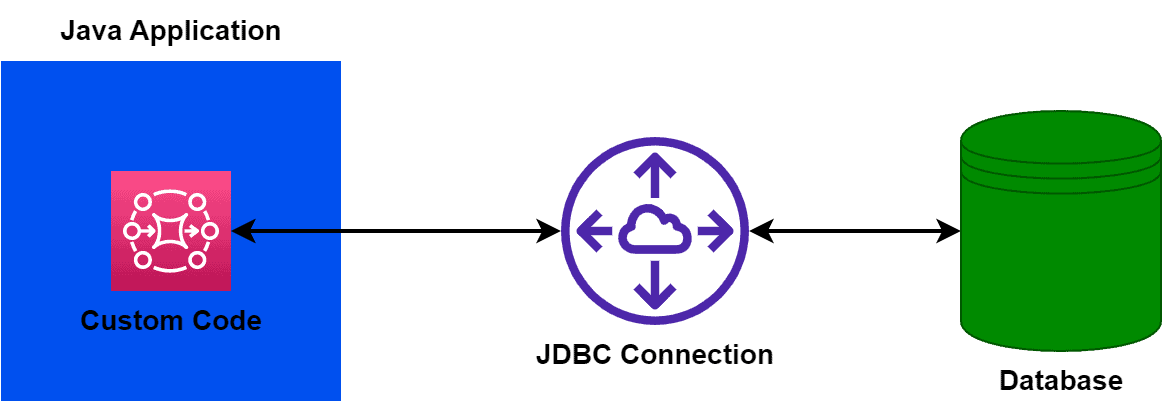1. Overview
In this tutorial, we’ll discuss the shim concept in software engineering with an example.
Finally, we’ll present various advantages and applications of it.
2. Introduction
In software engineering, a shim is a small piece of code that acts as a bridge between two components or layers of a software system. Additionally, we can also refer to it as an adapter or a wrapper.
The purpose of a shim is to provide compatibility between different software components. In general, software components may have different interfaces, protocols, or data formats. For example, suppose a software application needs to communicate with a database that uses a different data format than the application. In that case, we can use a shim to translate the data between the two formats.
We commonly use shims in software development to maintain compatibility between different versions of software components. Additionally, in order to facilitate integration with third-party libraries or to provide a layer of abstraction to simplify complex interactions between software components, we can utilize them.
Furthermore, we can implement them as standalone libraries. Additionally, we can integrate them directly into the software components.
3. Example
Let’s discuss an example of shim. One popular example of a shim in software engineering is the JDBC (Java Database Connectivity) driver. The JDBC driver is a software component that provides a standard interface for Java applications to connect to and interact with various types of databases:

However, different databases may have different protocols or APIs for communication, making it challenging for Java applications to work with them. This’s where we can use a shim.
In this case, the JDBC driver acts as a shim or an adapter. It works as a translator between the Java application’s requests and the specific database’s protocol. Furthermore, the JDBC driver provides a standard interface for the Java applications to send SQL queries. Additionally, the interface can receive results while the driver handles the communication details with the specific databases.
We can use the JDBC driver with many different databases, including Oracle, MySQL, and PostgreSQL. It means that Java applications can be written once using the JDBC API and can then work with multiple databases without changing the application code.
4. Advantages
There’re several advantages of using shims in software engineering:

Shims can help ensure compatibility between software components with different interfaces, protocols, or data formats. Hence, it allows software developers to integrate different components without modifying their code to work with each other.
Furthermore, shims can provide an abstraction layer that simplifies complex interactions between software components. This can make it easier for developers to work with different components. Additionally, it can also make the code more maintainable and easier to understand.
Another significant advantage of a shim is flexibility. Shims can provide flexibility that allows software components to be easily replaced or upgraded without affecting the rest of the system. This can help make the system more adaptable to changing requirements. Additionally, it can also enhance maintainability.
Shims can provide a standardized interface that makes it easier for developers to work with different components. This can help reduce development time and can also improve the quality of the software. Finally, we can utilize shims across multiple projects, boosting reusability.
5. Applications
We can use shims in various applications. Let’s discuss some important applications: 
We primarily use shims for database connectivity. Shims can connect an application running in a system to different types of databases. For example, the JDBC driver acts as a shim between a Java application and a database, providing a standard interface for database connectivity.
Furthermore, we can utilize them to provide compatibility between applications and operating systems. For example, Wine is a shim that allows Windows applications to run on Linux operating systems. Additionally, shims can be used to provide compatibility between software and different hardware devices. For example, we can use a shim to provide a standard interface for communication between software and a specific hardware device.
In addition to the OS and software, shims can be used to provide compatibility between web services that use different protocols or data formats. For example, a shim can translate between REST APIs and SOAP APIs.
6. Conclusion
In this tutorial, we discussed the shim concept in software engineering with an example. Additionally, we highlighted various advantages and applications of it.